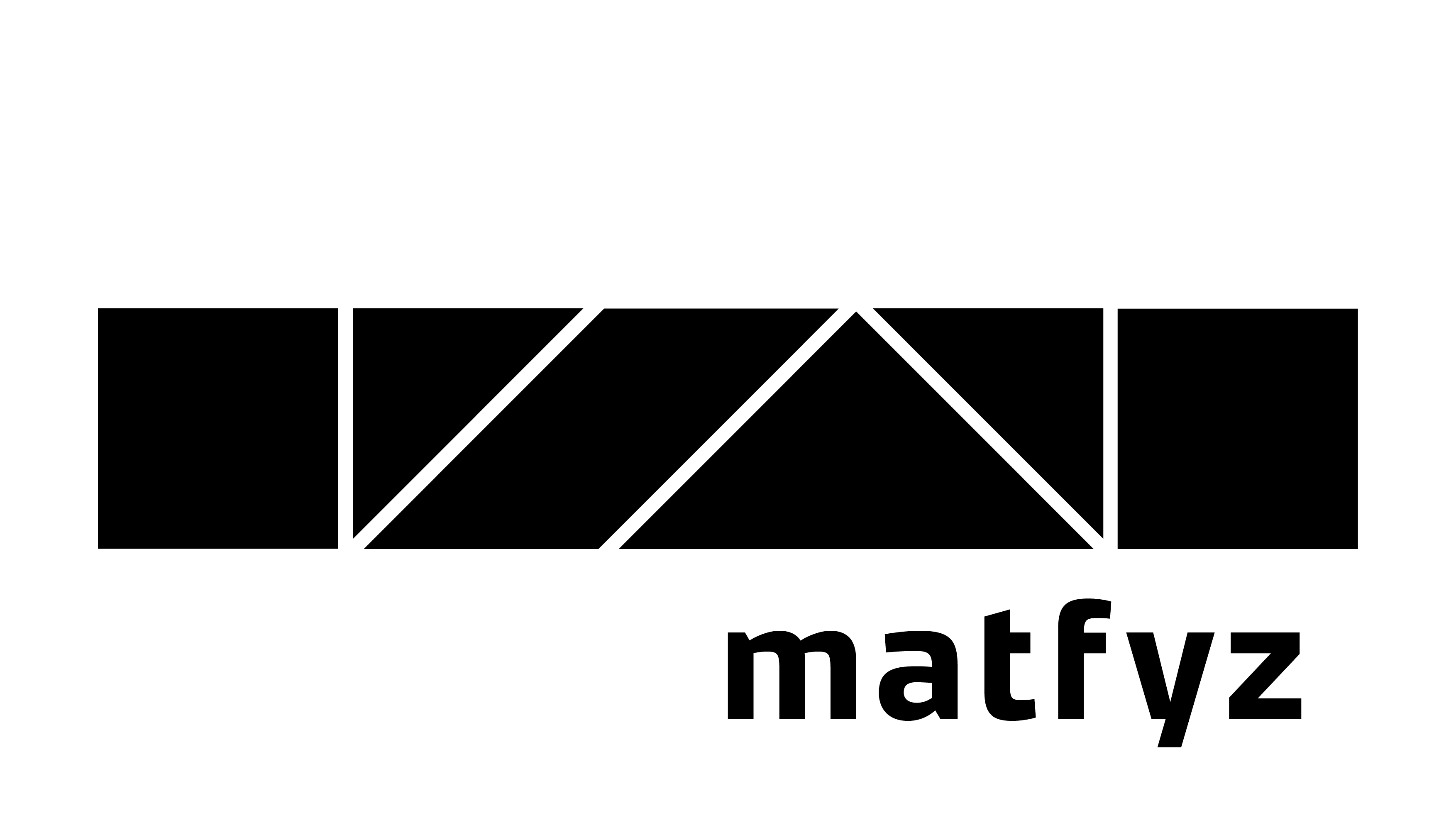Syllabus
LECTURES1) Introduction to medical biochemistry2) Structure of atoms and molecules3) Thermodynamics and chemical kinetics4) Chemical equilibriums5) Structure and reactions of organic compounds6) Structure and properties of proteins7) Enzymes8) Respiratory chain, macroergic phosphates9) Citric acid cycle10) Structure and properties of saccharides11) Metabolism of saccharides I12) Metabolism of saccharides II13) Extracellular matrix14) Biochemistry of muscle cells15) Structure and properties of lipids16) Structure and function of membranes17) Metabolism of lipids I18) Metabolism of lipids II19) Metabolism of steroids20) Heterocyclic compounds, structure of nucleotides21) Metabolism of purine and pyrimidine bases22) Metabolism of amino acids23) Metabolism of tetrapyrrols24) Regulation of biochemical processes in the cell SEMINARS1) From periodic table to chemical composition of cells2) Chemical calculations I (expression of concentration, conversion of concentrations, osmolarity, dilution)3) Chemical calculations II (pH of both weak and strong acids and bases, pH of buffers)4) Basic terms of medical chemistry. Important reactions of organic compounds, enzymes.5) Analytical methods (spectrophotometry, chromatography, volumetric analysis, potentiometry)6) Preparation to practical trainings, laboratory safety regulations, laboratory tools7) Compartmentalization of biochemical processes in cells. Regulation of enzyme activity.8) Mitochondria9) Structure and metabolism of saccharides, clinical correlations10) Structure and metabolism of lipids, clinical correlations11) Metabolism of nitrogen containing compounds, clinical correlations PRACTICALS1) Spectrophotometry - Determination of urine creatinine2) Chromatography - TLC, HPLC, GC3) Volumetric analysis - Determination of gastric juice acidity4) Potentiometry - Measuring of phosphate buffer pH
Annotation
The course Medical chemistry and biochemistry is taught as a part of the subject Module IB - Cell biology and genetics, it is scheduled during 1st semester only. The course opens with a general chemistry, but moust of the teaching is focused on fundamentals of biochemistry - structures, properties and metabolism of coumpounds found in the human body.
The course is finished by the summary of regulation of biochemical processes on the cellular level.

